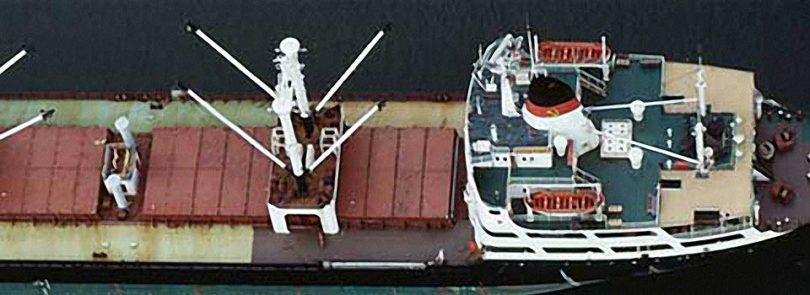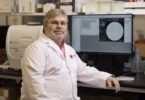At first glance, there would appear to be only the most tenuous of connections between veterinary medicine and international trade and security policy. Why would a veterinarian trained in infectious diseases be interested in crossing disciplines and studying trade and security policy with experts at the Center for International Trade and Security? University of Georgia veterinarian Corrie Brown would reply that the answers are emerging and in the news-foot-and-mouth disease, agro-terror, mad cow disease, SARS, and bird flu, to name a few.
Brown, a renowned pathologist and veterinarian, is participating in a year-long second discipline study at UGA. Working with the faculty at the Center for International Trade and Security, Brown is exploring the role of public policy and international trade as it relates to animal disease transmission.
“As diseases cross borders and oceans, there is a growing need for veterinarians to understand the systems, rationale, and mechanics of public policy, on national and global scales,” explains Brown. “Understanding how other countries operate with respect to animal health will be a requirement for tomorrow’s veterinarian, as the term “foreign” disease becomes less relevant.”
Animal health, once the province of each individual nation, has become global. Today, the chicken drumstick you eat in Atlanta is as likely to come from Brazil as it is from Georgia. The lamb shank you order in Boston has an equal probability of originating in Colorado as in New Zealand. As trade barriers have evaporated, food is purchased at the lowest possible price for the highest possible quality. And as the trade in animals and animal products continues to increase, so does the potential for diseases to make incursions into new areas. The last ten years have witnessed many examples of diseases moving accidentally to new areas to create considerable upheaval.
A deliberate introduction by terrorists could have even greater consequences.
“Ten years ago, it was enough to be able to recognize the disease, perform the diagnostic technology, undertake the control program, develop surveillance plans, and perhaps administer vaccine,” said Brown. “Today, controlling the disease in one country or region is not enough.”
In collaboration with CITS, Brown is hoping to bridge the gap between the technical capabilities of veterinary medicine and the strategy expertise of the policy specialists in order to implement scientifically sound policy.
“We can’t expect to implement scientifically sound policy for animal health until the scientists and the regulators understand each other and work together,” Brown said.






